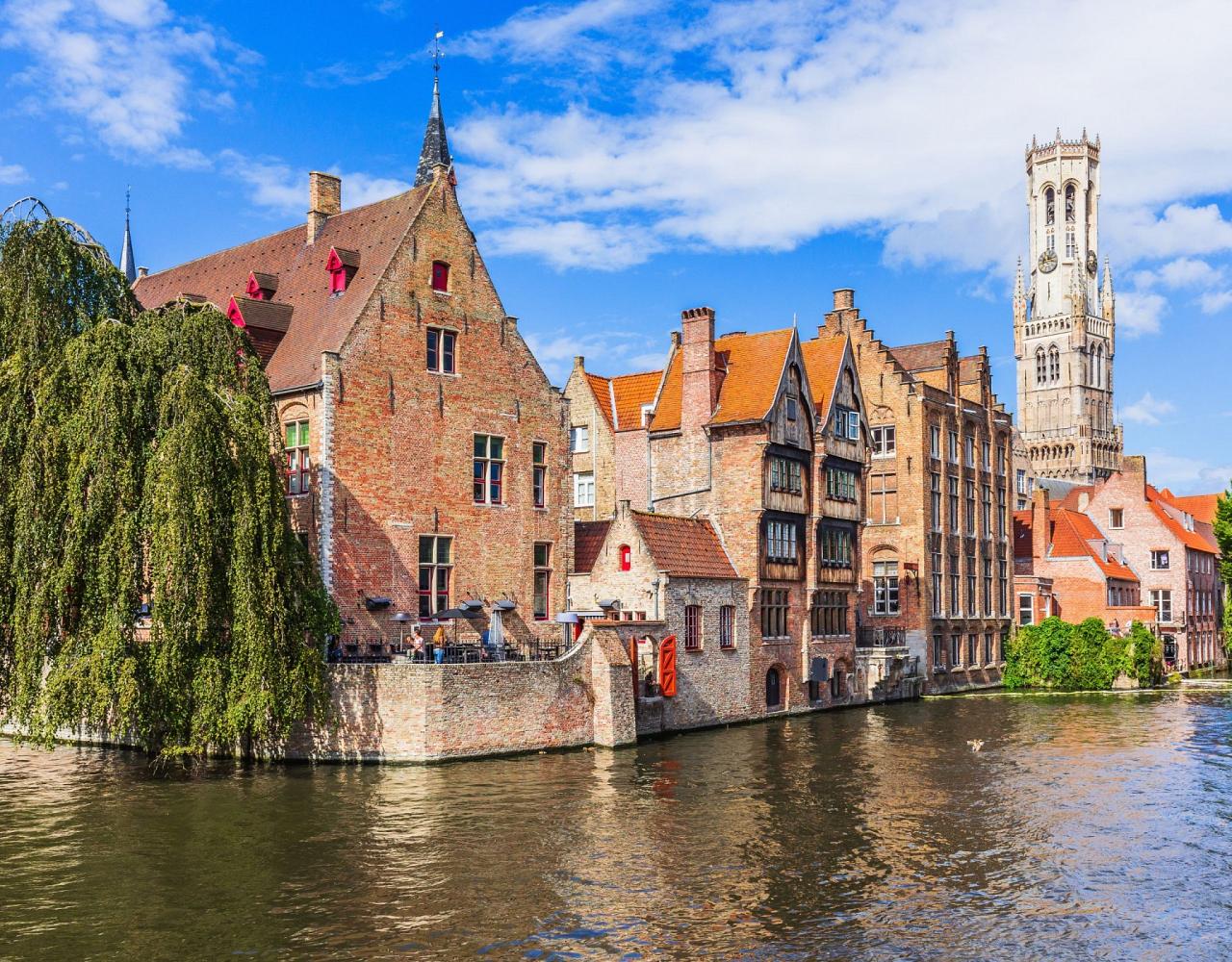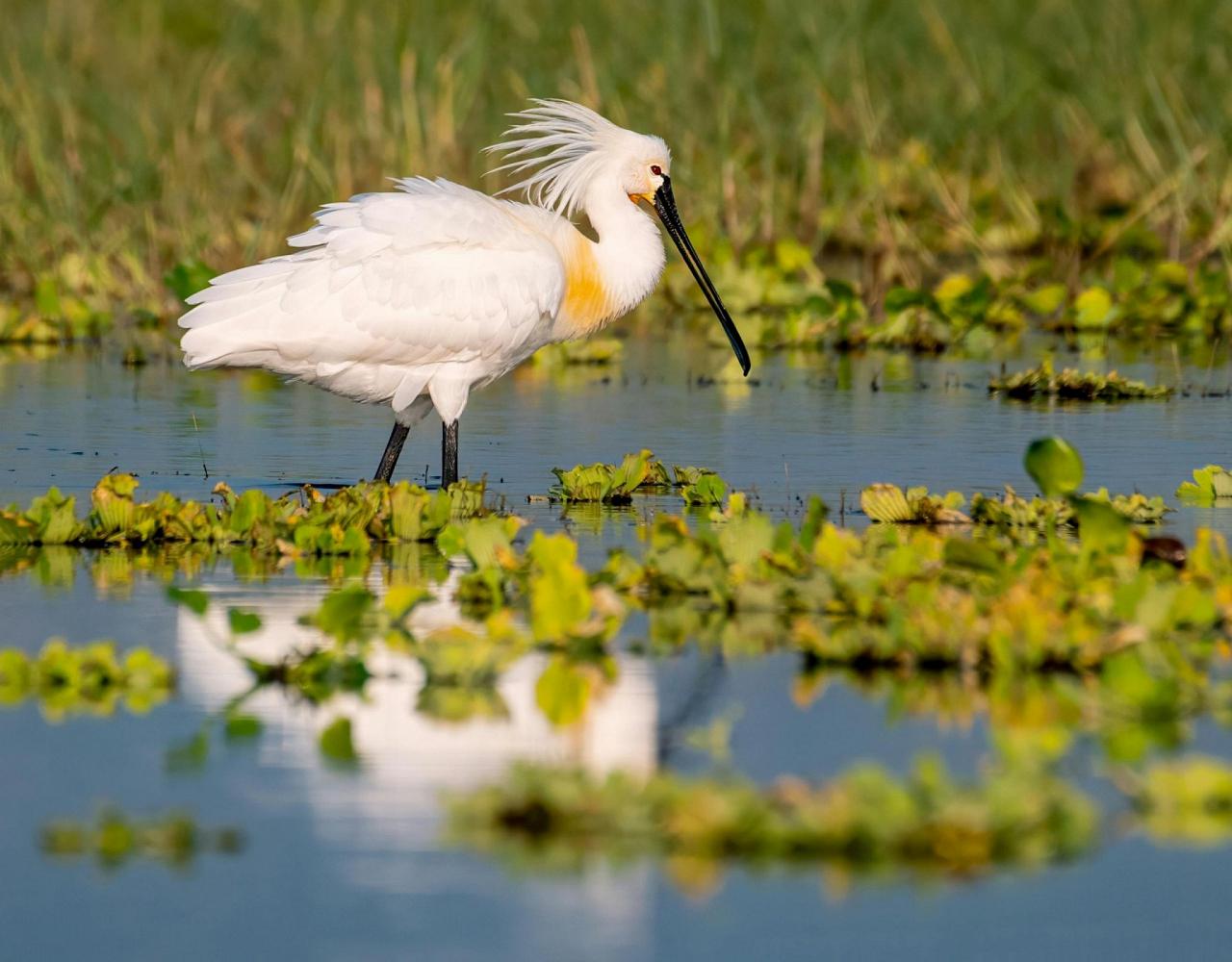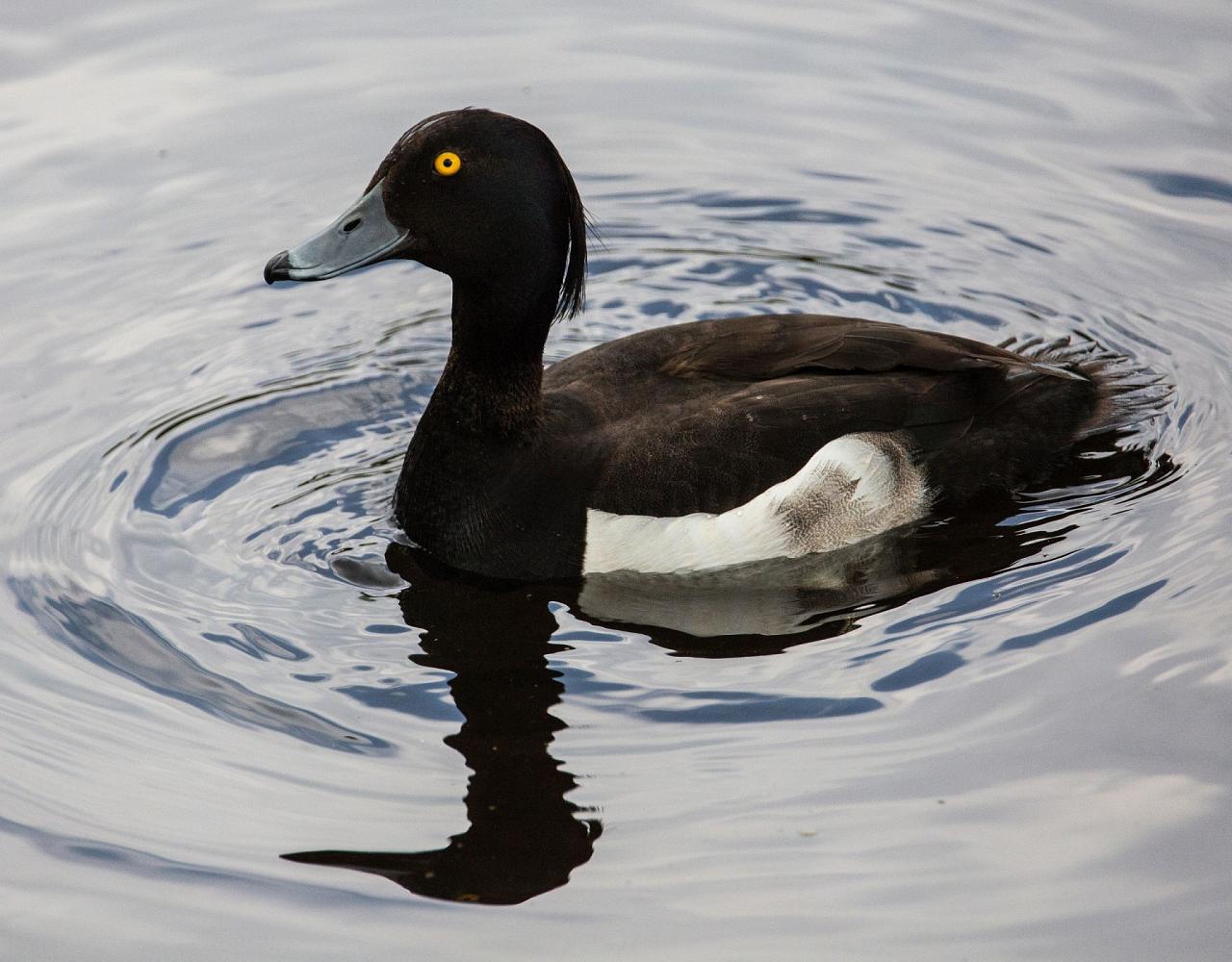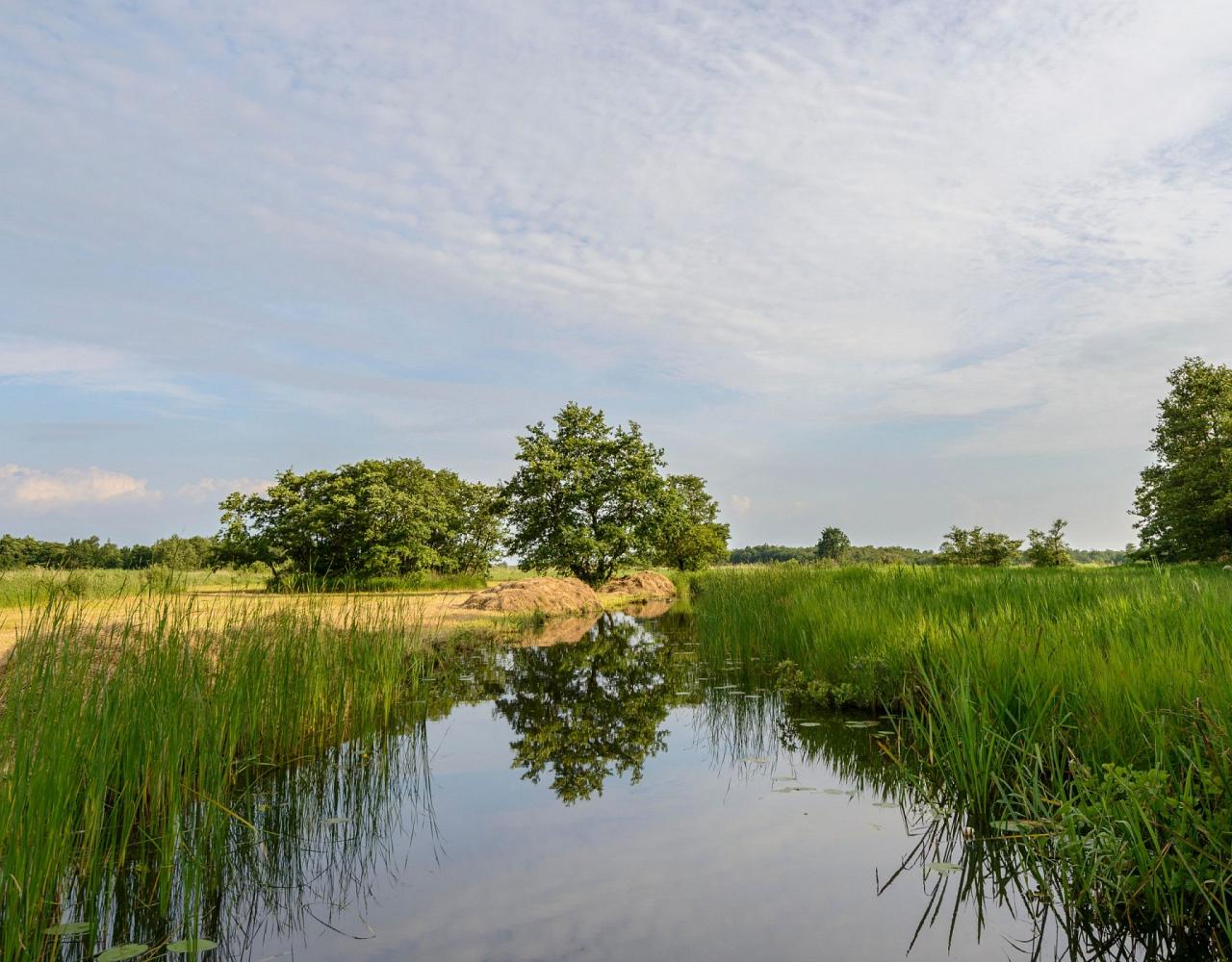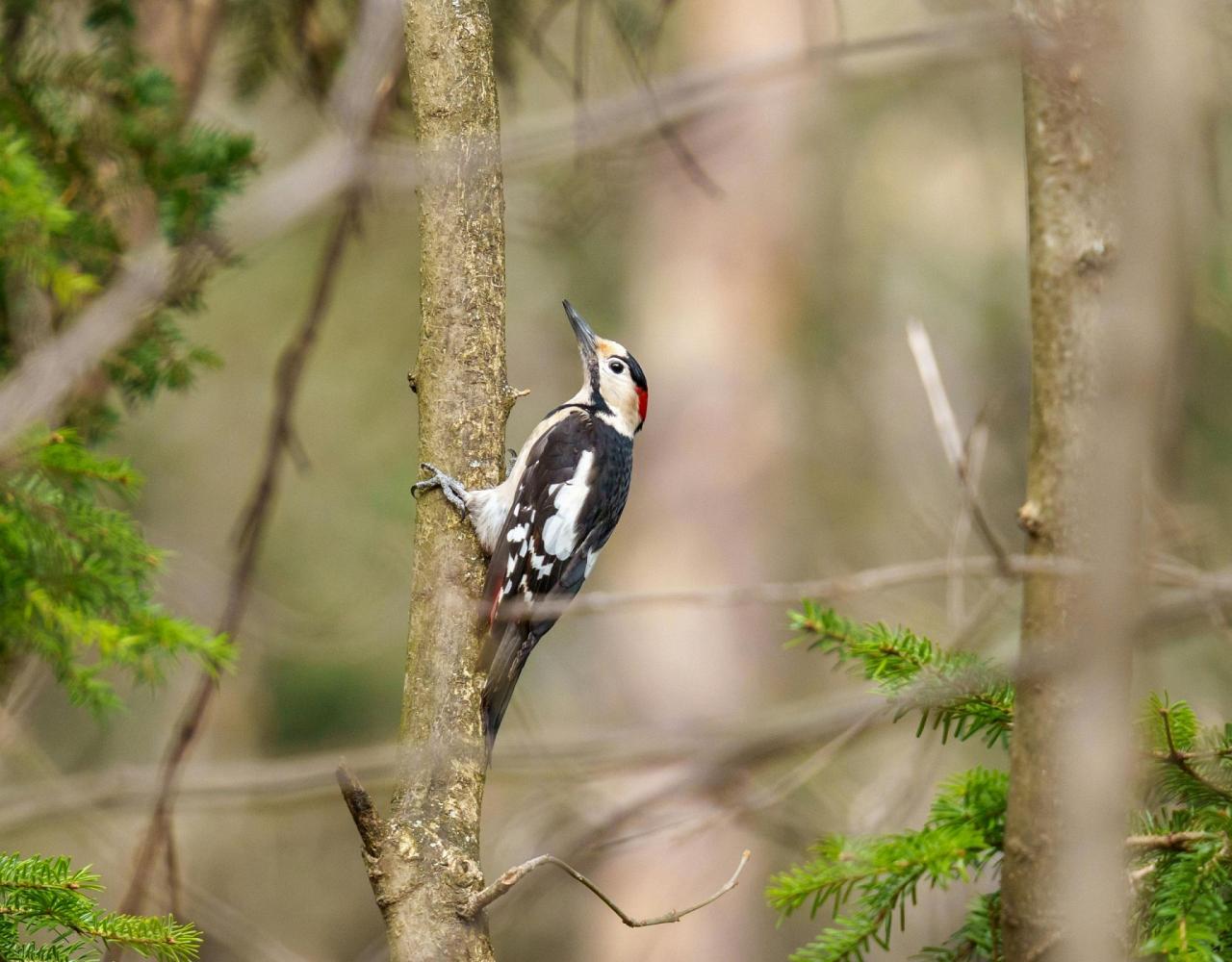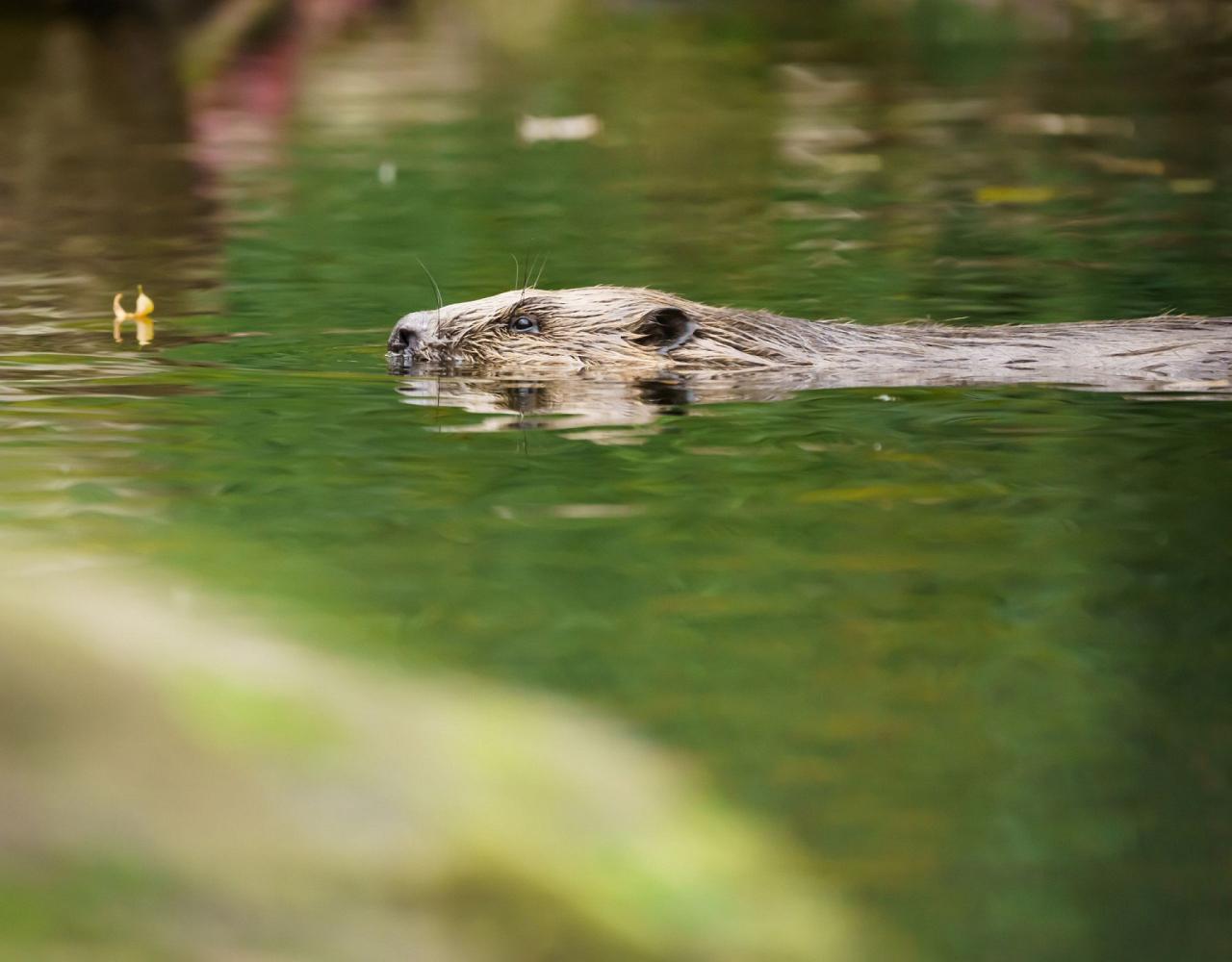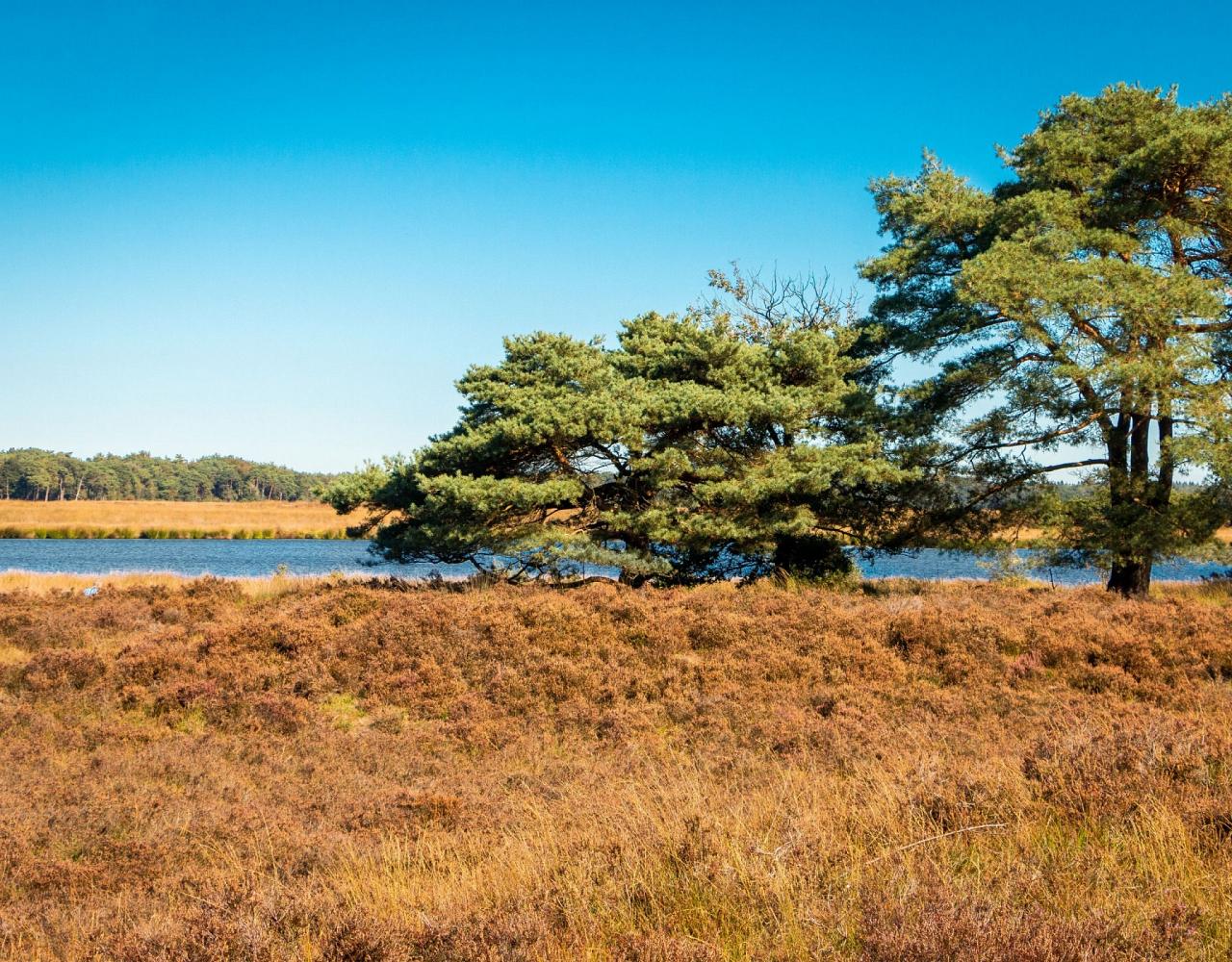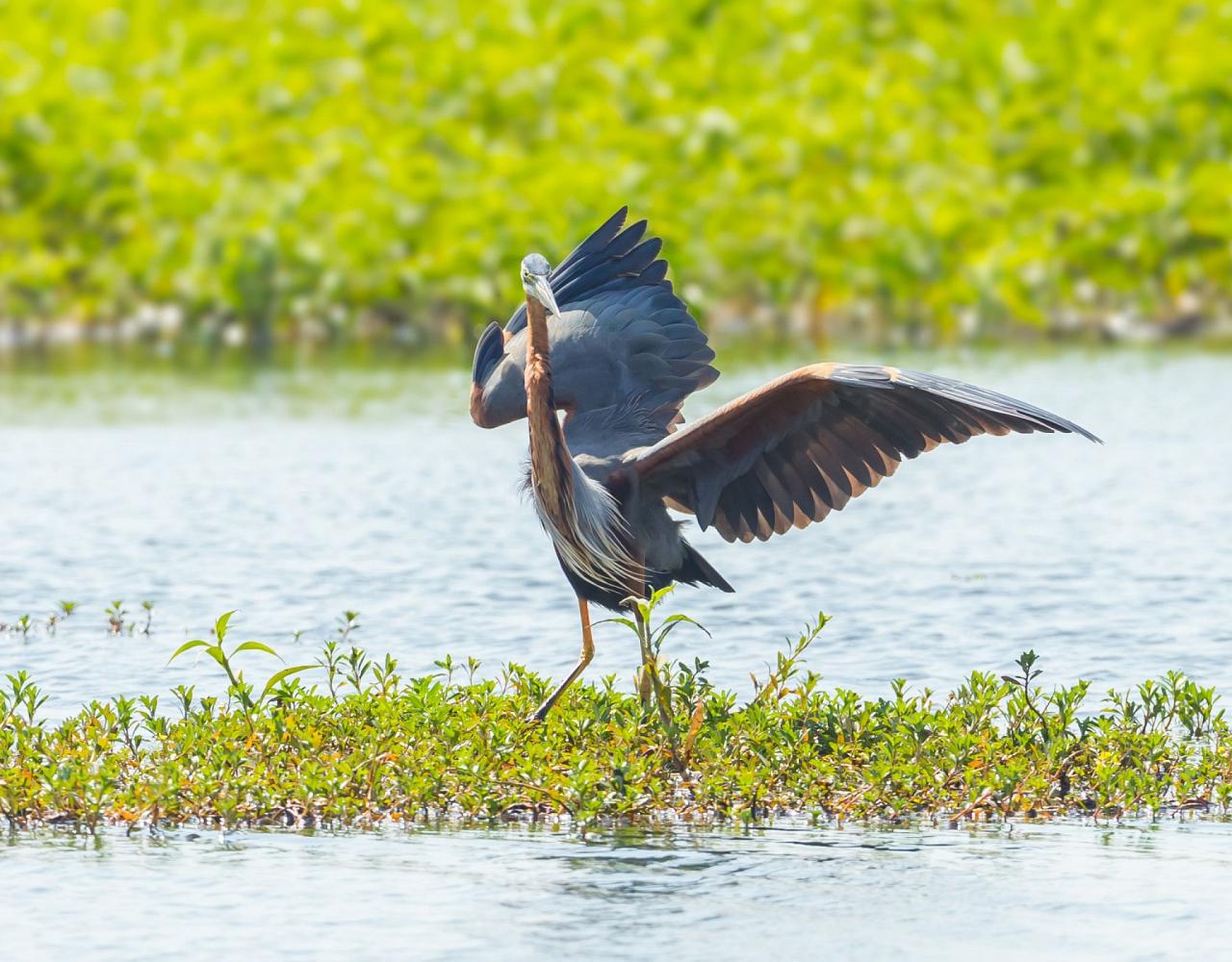It's hard to beat the beauty and joy of visiting Europe in spring! This NEW! Naturalist Journeys tour blends birding with European history, quaint villages and landscapes, good food, and fun on our inaugural tour to the Netherlands and Belgium. This journey is designed for just 6-7 people with guide Carl Grillet, a renaissance man who shares knowledge and love of his home terrain in addition to knowing the insider track on great spring birding. Carl’s specialty is the “sounds” of nature—what an interesting way to get to know a new location. This journey is meant to be fun! Dine in outdoor cafes, listen to a tree frog frenzy, and sample some great Belgian beers.
Our tour starts in Amsterdam and heads east through the Netherlands while visiting several nature reserves and national parks. We explore by foot and boat through a variety of habitats looking for species like Eurasian Spoonbill, Sedge Warbler, Bearded Reedling, Bluethroat, and many other species. Our birding time is at an easy pace as we take in the rich European history and visit quaint villages that date back hundreds of years and the ‘Stonehenge of the Netherlands’, which is thousands of years old. Moving south into Belgium, learn about Europe’s successful rewilding efforts as we visit iconic birding sites in hopes of finding species like Cirl Bunting, Yellowhammer, European Treecreeper, and Common Firecrest. Visit at an area known for its variety of butterflies and orchids. Watch for European Beaver, Hare, Hedgehog, Otter and Badger. Continuing west toward Bruges, we make stops at birding areas with a variety of habitats but take in historic sites as well with visits to several World War I monuments. In Bruges, we explore Zwin Nature Reserve, an important breeding bird area where we should see White Stork and Kentish Plover among many other shorebirds and waders. Finally, we head back to Amsterdam, but not before a stop at Kinderdijk, a UNESCO World Heritage Site, to see the famous Dutch windmills by boat.
This is a sampler-style tour that mixes good birding time with the exploration of all the local nature, as well as time to explore the cultural delights that Europe is so famous for.
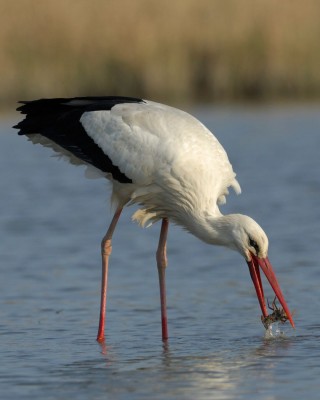


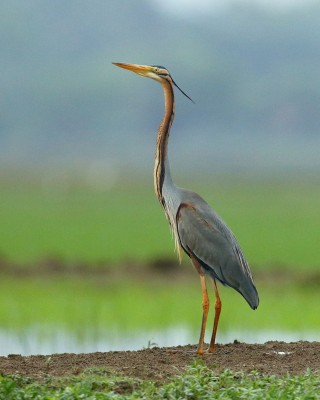
Tour Highlights
- Explore Dwingelderveld National Park, the largest wet heathland in western Europe
- Explore Marker Wadden by boat to find Pied Avocet, Common Tern, and Little Ringed Plover
- Visit Weerribben-Wieden National Park, a marshland bursting with wildflowers during spring
- Experience an evening mammal safari to look for Wild Boar, Roe Deer, and the adorable Dormouse
- See Wéris, one of the most beautiful villages of Wallonia, with an 11th Century church, famous for its megaliths that date to 2500 BC
- Visit the Zwin Nature Reserve near historic Bruges, a breeding area for over 100 species including storks, gulls, avocets, and other waders
- Watch aloft for birds of prey, Red Kite, Black Kite, Eurasian Hobby, and others
- Scan for shorebirds and waders at the Ijzermonding mudflats
- Visit historic monument sites from two world wars including the Battle of the Bulge from WWII and Battle of Ypres from WWI
- Celebrate a great trip at a Belgian Walloon beer tasting with local cheeses and breads
- See the iconic windmills of Kinderdijk by boat, a UNESCO World Heritage Site

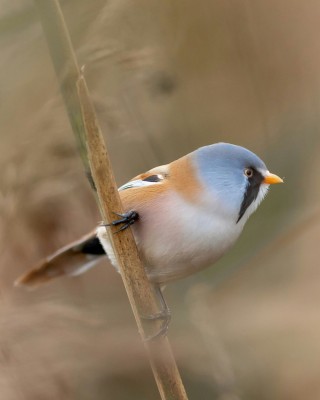
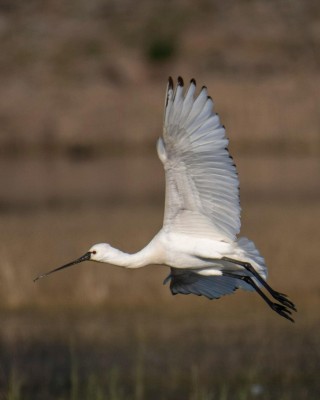
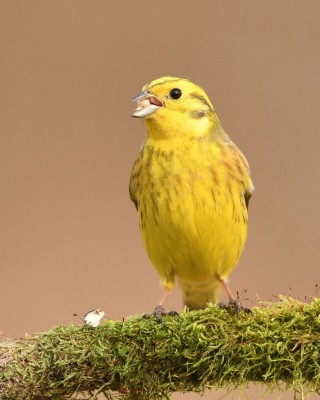
Trip Itinerary
Itineraries are guidelines; variations in itinerary may occur to account for weather, road conditions, closures, etc. and to maximize your experience.
Thurs., May 14 Arrivals in Amsterdam
Welcome to Amsterdam! Arrive at Schiphol International Airport (AMS) at your leisure. You are met on arrival and taken to a lovely hotel just outside the city. For those that arrive early, enjoy a birding outing to a local park near the hotel and get our first taste of western European songbirds like Eurasian Blackcap, Blue Tit, and Song Thrush.
Tonight, we gather to meet our guide and fellow travelers and get an overview of our mixed birding, history, and culture trip ahead.
Accommodations at Lepelaar Hotel (D)
Fri., May 15 Exploring Oostvaardersplassen Nature Reserve
This morning, we head to Oostvaardersplassen Nature Reserve, famous for wild horses, and its variety of birds. Oostvaardersplassen is a 22-square mile park located east of the city with both upland and wetland habitats. It was declared a Ramsar Wetland Site of International Importance in 1989.
Savor the arrival of spring as we take short walks with hopes to see Graylag Goose, Common Pochard, Eurasian Moorhen, Eurasian Spoonbill, Common Reed Warbler, Sedge Warbler, Marsh Warbler, and perhaps a Western Marsh Harrier searching for prey.
We return to our lodgings, freshen up, and head out to one of Amsterdam’s many excellent restaurants.
Accommodations at Lepelaar Hotel (B,L,D)
Sat., May 16 Marker Wadden | Weerribben-Wieden National Park
After breakfast, we head out to Marker Wadden to explore by boat. This area consists of man-made islands that were created using sand, clay, and muds from Lake Markermeer. We visit one of the islands that has a walking path, a few bird hides (blinds), and a viewing tower. We search for Tufted Duck, Black-necked Grebe, Black-winged Stilt, Little Ringed Plover, and Western Yellow Wagtail. We also hope to see large numbers of Common Tern and Pied Avocet. Marker Wadden is also one of the best places to see the striking Bearded Reedling.
After a picnic lunch, we visit Weerribben-Wieden National Park. This unique marshland area contains the largest fen, a peat-rich wetland, in northwest Europe. Much of this area was used for peat production during World War II and became designated as a park in 1992. Now covering almost 60 square miles, this park has many recreation opportunities, and we enjoy a few short hikes to several bird blinds. We look for Purple Heron, Great Bittern, Black-crowned Night Heron, and a variety of songbirds including Cetti’s Warbler and Greater Whitethroat.
Accommodations near Weerribben-Wieden NP (B,L,D)
Sun., May 17 Giethoorn | Weerribben-Wieden National Park
Today, we visit one of the most beautiful villages in the Netherlands: Giethoorn. Nicknamed ‘Venice of the North’, this quaint village has quiet canals lined with thatch-roofed farmhouses. There are no roads here and access is only by boat. We enjoy time exploring here before continuing to De Wieden, part of Weerribben-Wieden National Park.
We spend the afternoon doing a few short hikes and searching for species like the colorful Bluethroat, Savi’s Warbler, Reed Bunting, and if we’re lucky perhaps Baillon’s Crake or Common Snipe. The marshlands of the park are full of blooming wildflowers in the spring and we enjoy the colorful landscape while being serenaded by songbirds.
Accommodations near Weerribben-Wieden NP (B,L,D)
Mon., May 18 Eastern Netherlands | Dwingelderveld National Park | Scenic Village of Orvelte
This morning, we head to the eastern Netherlands to visit Dwingelderveld National Park, which is the largest wet heathland in western Europe. Pine forests and sandy hills add to the landscape here and create a variety of habitats for birds. Breeding birds here include Black-necked Grebe, Little Grebe, and Common Crane. We also look for European Stonechat and Wood Lark and forested species such as Yellowhammer, Red-backed Shrike, Common Cuckoo, Golden Oriole, and other species.
In the afternoon, we visit Orvelte, a village with a very rich history. This charming museum village with cobblestone and bricks roads is presented in its 19th Century state, although it dates back to the 1300s. Visit a blacksmith, wooden shoemaker, and explore wooden farmhouses built in the Saxon-style.
Accommodations near Orvelte (B,L,D)
Tues., May 19 Regte Heide Nature Reserve | Stonehenge of the Netherlands
This morning we visit the Regte Heide Nature Reserve near Tilburg. Comprised of grassland habitat surrounded by forested areas, we search for Common Kestrel, Eurasian Nuthatch, Middle Spotted Woodpecker, Great Spotted Woodpecker, Black Woodpecker, Red Crossbill, and Short-toed Treecreeper.
We then turn our attention to the southern part of Netherlands today and visit the Campine area, which is mainly in northeastern Belgium and southeastern Netherlands. Formed by Devonian and Carboniferous sedimentary rocks, this area consists of dry, sandy soil with poor drainage that has formed an abundance of marshes. This area is fascinating historically and is the location of the ‘Stonehenge of the Netherlands’, a 4,000-year-old religious site that includes a burial mound that served as a solar calendar.
Accommodations near Campine (B,L,D)
Wed., May 20 Belgian Campine Area | Turnhouts Vennengebied | Liereman Nature Reserve | Beer Before a Frog Frenzy
Today we continue south to Belgium! This morning, we visit scenic Turnhouts Vennengebied, which is a paradise for photographers as well as the hometown of our guide. We hike a popular route through open fields with characteristics fens and heathlands. This area is an important breeding area for many waterbirds and grassland species. As we walk at a birder’s pace, we look for Eurasian Curlew, Black-tailed Godwit, Eurasian Goshawk, Northern Lapwing, Red-backed Shrike, Northern Wheatear, Meadow Pipit, and Reed Bunting.
In the afternoon, we visit the Liereman, one of the oldest nature reserves in Belgium. Known as the kingdom of Bluethroats, which should be doing their aerial flight displays, as well as the fantastic aerial display of the many Tree Pipits that breed there, and bog myrtle (a secret ingredient for medieval beer!), we do an easy hike through beautiful meadows surrounded by pine forests. We search for Common Cuckoo, Eurasian Green Woodpecker, Green Sandpiper, Fieldfare, and of course, Bluethroat.
We also get our first taste of Belgian beers today! For those who wish, we have the chance to sample organic beers from Flanders.
Sample one of your guide’s favorite restaurants this evening. After dinner, in the long hours of daylight at this time of year, we have an evening excursion near the River Mark at Castelreesche Heide. As thousands of tree frogs serenade us, we look for Nightingale, Yellowhammer, and other songbirds. We also visit a sobering World War I monument, known as The Wire of Death. This lethal electric fence was constructed by the Germans during the war to prevent Belgians from fleeing to the Netherlands.
Accommodations in Turnhouts Vennengebied (B,L,D)
Thurs., May 21 Ardennes Forest | Wéris Megaliths | Battle of the Bulge Monument | Mammal Safari
This morning, we head south, further into Belgium. Our first stop is Durbuy, located on the edge of the Ardennes Forest. We visit Wéris, known for its megaliths, in particular menhirs and dolmens, that date back to 2500 BC. Birding in this area should produce a variety of species including Red-backed Shrike, Yellowhammer, Wood Warbler, and along a picturesque stream, White-throated Dipper.
In the afternoon, we travel to Bastogne, which was part of the Battle of the Bulge in World War II. We visit the Battle of the Bulge Monument, which honors the American soldiers wounded or killed during the battle. We then continue to Houffalize, our home for the next two nights.
This evening, we have an exciting mammal safari! We search for Wild Boar, Roe Deer, European Badger, Pine Marten, the adorable Dormouse, and more.
Accommodations near Houffalize (B,L,D)
Fri., May 22 Belgian Ardennes | Walzin Castle | Watching Birds of Prey
We spend time this morning walking along a European Beaver reserve. The resulting wetlands are a good area for Common Kingfisher as well as Barred Grass Snake and Common Slow Worm, a legless lizard native to the region. We also hope to see Red Kite, Coal Tit, Great Gray Shrike, and European Treecreeper. We then visit the grounds around Walzin Castle, one of the most stunning castles in Belgium. Set high on a cliff above the Lesse River, this beautiful castle was built in the 13th Century to serve as a defense post for the city of Dinant.
This afternoon, we focus our attention on birds of prey! We search for Red Kite, Black Kite, Eurasian Hobby, and others.
In the evening, enjoy a Belgian Walloon beer tasting with local cheeses and breads. Walloon beers originated in the Wallonia region and are known for citrus and fruit notes with a dry finish. Depending on our success the night previous, we may venture out in search of more mammals.
Accommodations near Houffalize (B,L,D)
Sat., May 23 Bruges | Paradise of Orchids & Butterflies
Wake to the sounds of spring. This morning we look for beautiful orchids and butterflies in the village Lavaux St. Anne. Known for its orchid population, the expansive meadows around the village are home to purple orchid and monkey orchid. This area also has a diverse butterfly population and we keep our eyes peeled for a variety of species including the Scarce Swallowtail, some rare blues, fritillaries, and skippers.
In the afternoon, we visit Nismes Couvin Regional Park, a biodiversity hotspot near the French border known for having Belgium’s only canyon. In addition to Eurasian Blue Tit, Eurasian Blackcap, and Common Firecrest, we hope to find the rare Cirl Bunting. We then continue on to Bruges, about three hours away.
Accommodations in Bruges (B,L,D)
Sun., May 24 Bruges | Land of Waders & Medieval Vibes
We spend the day exploring around Bruges, a charming city in northwestern Belgium characterized by cobblestone streets, canals, and medieval architecture. Our first stop in this area is Ijzermonding, a coastal estuary that is a great spot for migrant waders and Harbor Seals. We search the mudflats and salty grasslands for Spotted Redshank, Grey Plover, Dunlin, Red Knot, Curlew Sandpiper, Yellow-legged Gull, Sand Martin, and Meadow Pipit. On our way to our next birding spot, we stop in Ypres, the location of the Battle of Ypres during World War I. Here, we visit Menenpoort, a memorial dedicated to those killed in the battle. We also have the option to visit the In Flanders Fields Museum, which chronicles the history of World War I.
Later in the day, we visit the Zwin Nature Reserve, one of the most iconic birding locations in Belgium. Zwin is a recognized Ramsar site and an important breeding area for over 100 species. As we leisurely walk through the reserve, we hope to see White Stork, Kentish Plover, Mediterranean Gull, Common Tern, European Turtle Dove, Grasshopper Warbler, and others.
Back in Bruges, we enjoy a dinner in the historical part of the city and perhaps sample more Belgian beer.
Accommodations in Bruges (B,L,D)
Mon., May 25 Biesbosch National Park | Kinderdijk Windmills World Heritage Site
Today, we say goodbye to Belgium and head back to the Netherlands. We spend the morning exploring Biesbosch National Park by boat. One of the largest national parks in the country, this area has the largest variety of reed birds in the lowlands. As we make our way through this unique freshwater delta, we look for Savi’s Warbler, Great Reed Warbler, Eurasian Reed Warbler, Cetti’s Warbler, Icterine Warbler, and many others.
As we make our way back to Amsterdam, we stop in Kinderdijk, a UNESCO World Heritage Site comprised of 19 windmills that were built in the mid-1700s. We cruise past the famous windmills and perhaps spot Purple Heron, Eurasian Oystercatcher, Stock Dove, and Common Chiffchaff. After a lovely time admiring the windmills, we head to Amsterdam to enjoy a final celebratory dinner and recount our great trip.
Accommodations in Amsterdam (B,L,D)
Tues., May 26 Departures
It is time for our flock to disperse. Departures today are at your leisure, but keep in mind you need to be at the airport three hours ahead of your flight for check-in.
Cost of the Journey
The cost of the journey is per person, based on occupancy: $5990 DBL / $6690 SGL, from Amsterdam. This cost includes: accommodations for 12 nights, meals as noted in the itinerary, professional guide services, local guides, local park and reserve entrance fees, and miscellaneous program expenses.
NEW! all tips other than your NJ guide (optional) and local guide are included (this includes tips for your driver, lodge and staff, day activities, meals and other services).
It does not include roundtrip airfare to and from Amsterdam, or items of a personal nature such as laundry or drinks from the bar.
Price is based on exchange rate on 7/15/2025. Subject to change if there is a significant increase. Please see terms and conditions for details.
Travel Details
Please plan to make air travel plans only after the minimum group size has been met. We will send you a confirmation email as soon as the trip has been confirmed.
Arrival and Departure Airport: Schiphol International (AMS) in Amsterdam
Arrival Details: Plan flights to arrive May 14, 2026, no later than 12 PM. We have about an hour drive to our hotel.
Departure Details: Plan flights to depart May 26, 2026, at your leisure.
-
Carl Grillet
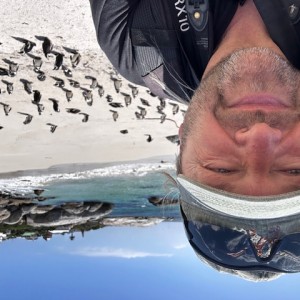
Carl was born and raised in the lowlands in Belgium and became a passionate naturalist at a very young age. As a teenager he gathered as much info as he could about biodiversity and started learning all the bird sounds in his area, later to be expanded with a passion for butterflies, amphibians, reptiles, mushrooms, mammals, and ecosystems where his wanders on the planet would take him. Carl has travelled to all corners on this wonderful planet and has huge respect for the diversity of life on it. He speaks four languages and has a passion for organic foods, geology, ecosystem management, and restoration in Belgium and the Netherlands. A mix of biodiversity knowledge, culture, and humor is his daily recipe as a guide. Carl has travelled also all over the United States many times and he loves communicating with North American visitors. Carl has been working independently as a nature guide for over 35 years and his passion only grows. Sharing knowledge with kindred spirits is his favorite "sport."
Other trips with Carl Grillet
-
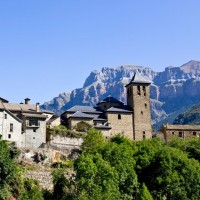 Birding & Nature in Spain's PyreneesJuly 8 - 18, 2026
Birding & Nature in Spain's PyreneesJuly 8 - 18, 2026
-
Pace & Protocols +
Photo credits: Banners: Eurasian Spoonbill, Bruges, Blue Tit, Scenic Thumbnails: White Stork, Great Tit, Eurasian Hobby, Purple Heron, Great Spotted Woodpecker, Bearded Reedling (Vincent van Zalinge), Eurasian Spoonbill, Yellowhammer





